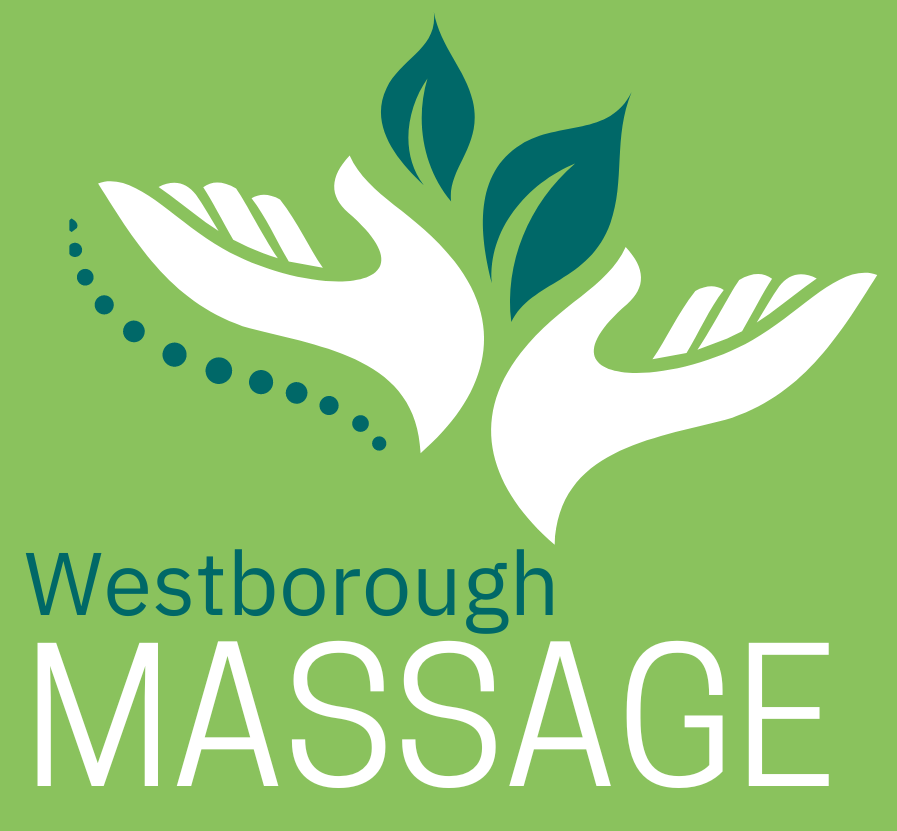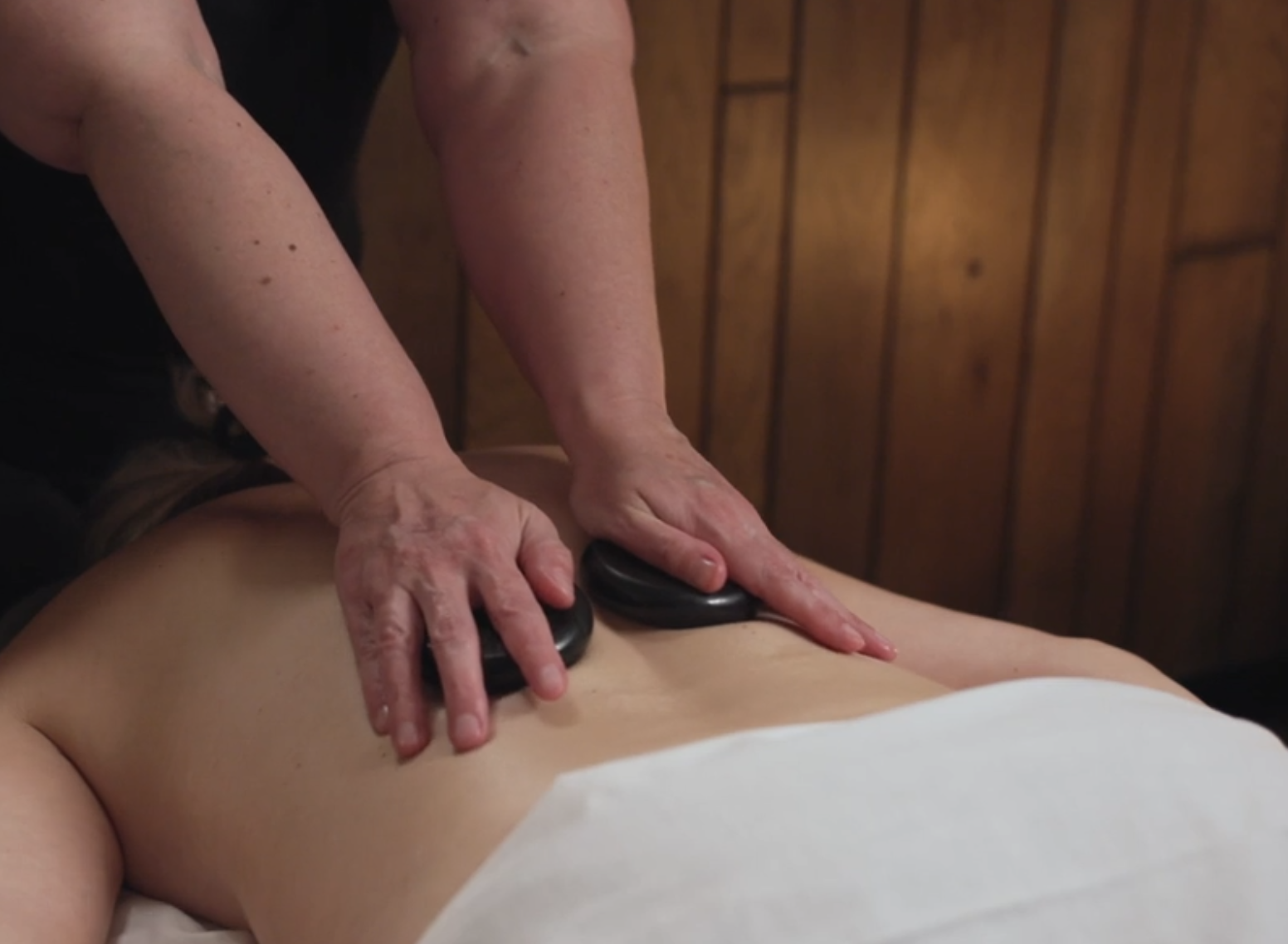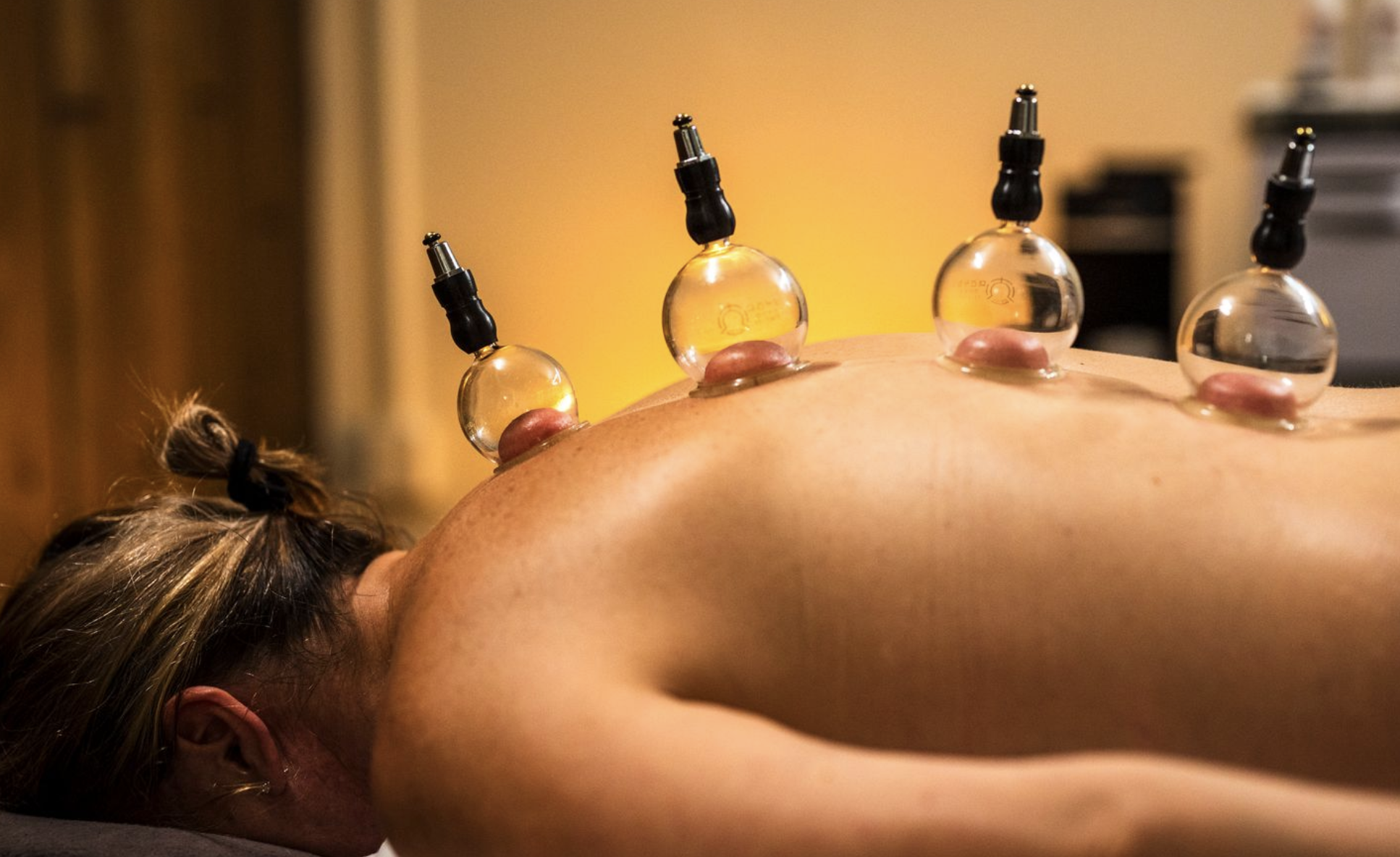Treating Sciatica Pain
There are some steps you can take to help prevent sciatica or reduce the risk of it happening:
Maintain good posture while you’re sitting, standing, lifting objects and sleeping
Reach and maintain a weight that’s healthy for you
Stay active
Protect yourself from falls
Take time to recover if needed
Participate in low-impact activities such as swimming, walking, yoga or tai chi
How Massage Can Help
The benefits of massage therapy make it an ideal and accessible therapy for those suffering from sciatica pain.
It is quite common for clients to seek out massage to address pain and discomfort associated with the sciatic nerve. After ruling out any disc related issues, a common cause of sciatic discomfort can stem from a tight Piriformis muscle, which is a relatively small muscle that sits under the major Gluteal muscles located in the buttocks. This muscle shares a space with the sciatic nerve, so when tight, the Piriformis can begin to irritate the nerve causing common symptoms of pain that radiates into the leg.
During a session that is focused on relieving sciatica pain, your massage therapist will primarily focus on the low back, glutes, and hamstrings to address the pain and discomfort. Some goals for your massage session include:
Relieving lower back pain. Massage therapy is an effective way to get pain relief from lower back pain, a top symptom of sciatica. For sciatica patients who prefer an all-natural choice, massage therapy is an excellent and effective option.
Soothing tense muscles to release pressure on nerves. Tight, tense muscles can put undue pressure on your nerves—including your sciatic nerve. This kind of muscle relaxation can sometimes address the underlying cause of sciatica, while also making you feel great.
Improving blood circulation for recovery. Massage therapy also increases blood circulation to the pain area, allowing the area to receive nutrient-rich blood to the injured area, according to a 2010 study published in Strength and Conditioning Journal. Getting that improved blood circulation can really help your body recover.
Boosting flexibility and range of motion. Massage therapy can also help with another symptom of sciatica: the pain of moving and walking. Massage in general can boost your flexibility and range of motion, which means you may be able to move around more easily and recover more quickly.
Reducing stress and anxiety. Finally, massage therapy can help sciatica pain in emotional ways as well. A sense of calmness can help sciatica patients feel less anxious while also helping with recovery. In this way, massage therapy can also be good for your emotional health.
Types of Massage for Sciatica Pain
Deep tissue massage is a technique that uses slow, deep strokes and pressure to relaxe tense muscles around the sciatic nerve, which helps reduce pain in the area. According to a 2014 study published in the Scientific World Journal, deep tissue massage is just as effective as anti-inflammatory drugs for lower back pain.
Swedish massage is similar to deep tissue massage in that it uses therapeutic touch to relax muscles and tissues. However, Swedish massage is a gentler technique that relies less on massage pressure and more on targeting focus areas to release tension, which is ideal for sciatica patients because it allows for pain relief.
Trigger point therapy involves a targeted approach at the source of pain with pressure and release touch. The therapist works with the client to discover the exact location of pain and releases the area. This can be an effective technique for those with sciatica because it targets the area with the pinched nerve in order to resolve the pressure and tension in the area.
Myofascial release is a massage technique that focuses on the myofascial tissues that surround and support your muscles. A myofascial release massage pinpoints trigger points in these tissues and releases the tension to relieve pain.
Enhance your recover from sciatica with some effective add-ons:
Hot Stones - in addition to feeling great and promoting relaxation, during a massage Hot Stones warm the muscles, which allows your therapist to more thoroughly focus on and get into the muscles.
Cupping - using cups during a massage is a great way to promote blood flow to the affected areas, release muscle tension, and can potentially relieve nerve compression
If you’re having sciatic pain, try a massage! You can schedule yours here.



